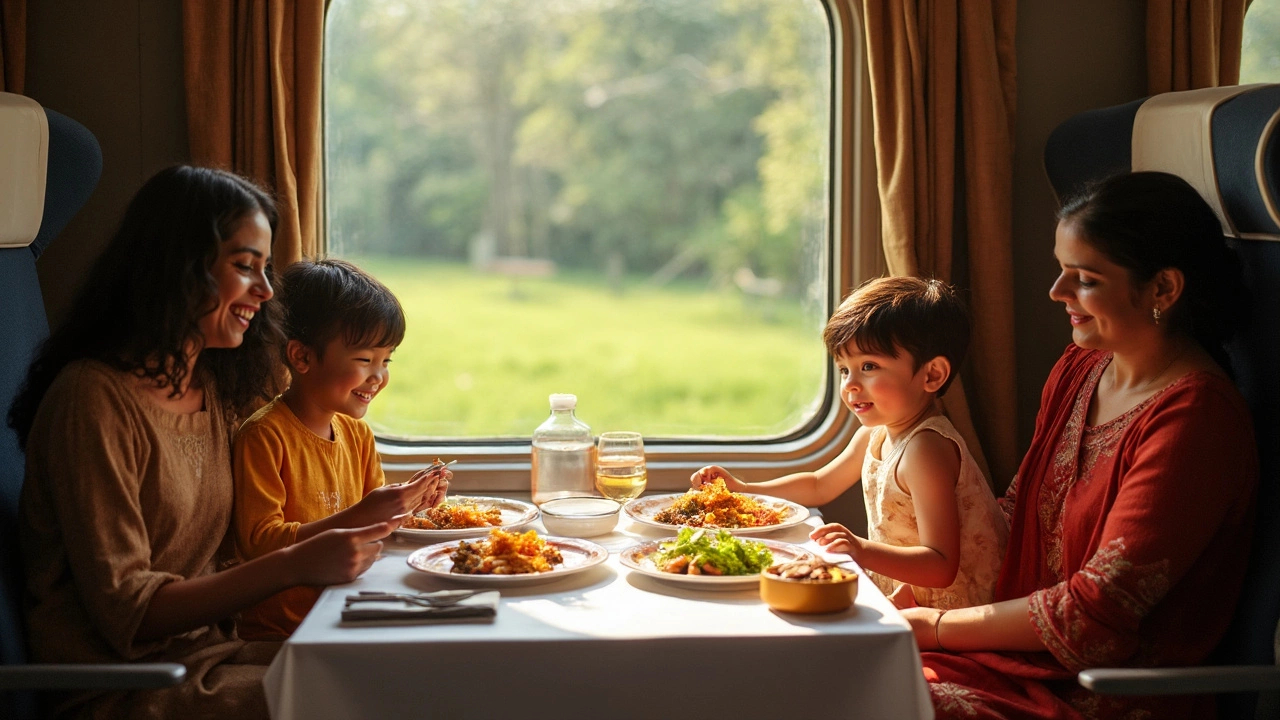Meals in India: What to Eat, Where to Eat, and How to Stay Safe
When you think of meals in India, a vibrant, spicy, and deeply cultural experience shaped by region, religion, and tradition. Also known as Indian cuisine, it’s not just food—it’s a daily ritual, a festival, a story told through spices and steam. Whether you’re eating dal from a steel plate in Rajasthan or biting into a pani puri on a Mumbai sidewalk, every bite carries history, heat, and heart.
But here’s the real question: how do you eat like a local without ending up sick? The answer isn’t about avoiding street food—it’s about knowing Indian street food, freshly prepared, often served hot, and trusted by millions daily. Also known as chaat, it includes pani puri, vada pav, and samosas that are safe when cooked in front of you and served hot. Look for busy stalls—crowds are your best health inspector. Avoid raw salads, unpeeled fruit, and ice in drinks unless you’re sure the water was filtered. Boiled tea? Safe. Bottled water? Non-negotiable. And don’t forget the golden rule: if it’s cooked, it’s usually fine. If it’s sitting out, skip it.
Meals in India also change completely depending on where you are. In the north, you’ll find rich curries with naan and ghee. In the south, rice, coconut, and tamarind dominate. Coastal areas serve fresh fish curry, while hill towns offer steamed momos and thukpa. And yes, temple meals are different too—often vegetarian, always simple, and served with quiet respect. You’ll find these meals tied to temple etiquette, rules around food, dress, and behavior that vary by region and faith. Also known as prasad, temple food is often free, blessed, and made with care. Eating here isn’t just about hunger—it’s about participation.
And don’t think meals are only about taste. They’re about timing, temperature, and trust. A chai wallah who’s been pouring the same brew for 30 years? He knows the water. A grandmother frying pakoras at dawn? Her oil is clean because she’s seen too many tourists get sick. The best meals aren’t in fancy restaurants—they’re where the locals line up. You’ll find them near temples, train stations, and market corners. They’re not on Instagram. They’re on the ground.
There’s no magic pill for avoiding stomach trouble in India. But there’s a simple pattern: hot, fresh, and busy. Skip the buffet. Avoid the salad bar. Trust the sizzle. And when in doubt, ask: ‘Kya yeh fresh hai?’—Is this fresh? Most people will smile and nod. They want you to eat well. They just need you to know how.
Below, you’ll find real stories and practical advice from travelers who’ve eaten their way across India—without ending up in a clinic. From the safest street snacks in Delhi to the hidden temple feasts in Odisha, these posts show you exactly what to try, what to skip, and how to enjoy every bite with confidence.
